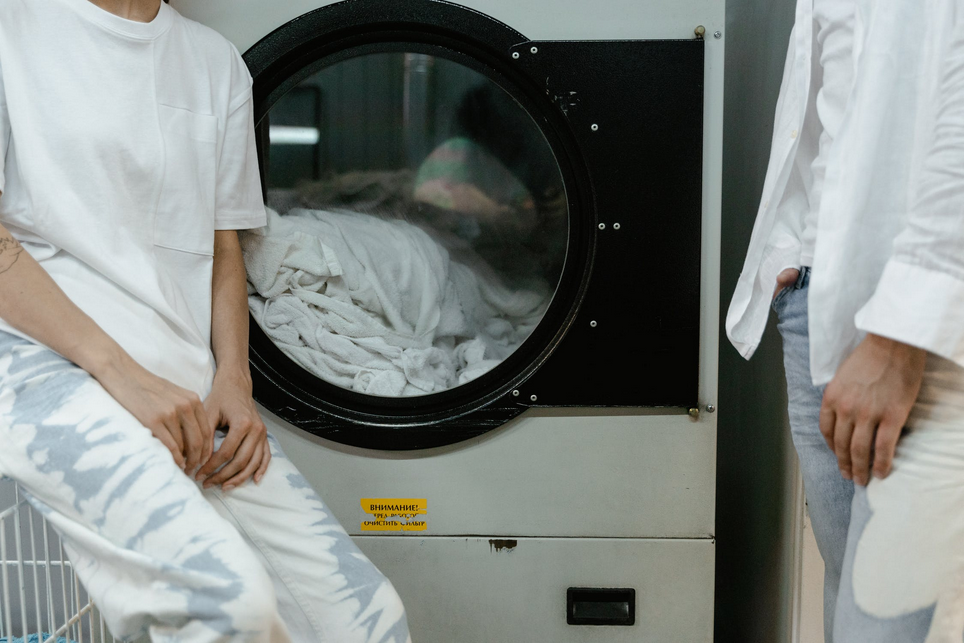Cleaning is the process of eliminating unwanted materials, including bacteria, airborne viruses, dust, and other impurities, in an enclosed environment or object. There are several different categories under which cleaning occurs, including surface cleaning, interior cleaning, and water cleaning. Cleaning generally takes place in a number of different contexts, using various methods. Some examples include cleaning a swimming pool or spa, cleaning machinery or equipment, cleaning the inside of a building, or cleaning outdoor areas such as sidewalks and parks.
Cleaning Techniques:
These cleaning techniques can be used on a variety of different types of materials, including glass, wood, metal, fabric, leather, carpet, or any other type of material that has the potential to hold dirt. Common items that are cleaned include drinking cups, plates, dishes, food, dishes, toilets, sinks, countertops, walls, windows, cabinets, appliances, or any other type of surface that could potentially hold potentially hazardous materials.
Types of Materials:
When it comes to cleaning most types of materials, one of the most common techniques is soap and water extraction (also called shampooing). This method involves pouring a highly acidic liquid onto the surface to be cleaned, along with scrubbing the surface using coarse abrasive materials (such as scouring pads or steel wool). The acidic liquid reacts with the surface characteristics of the materials, causing the material to release contaminants and promote corrosion. This corrosion is often caused by the material’s natural aging process, as well as exposure to sunlight, heat, moisture, or chemicals.
Cleaning can also take place using more gentle methods such as chemical cleaning or green cleaning. Chemical cleaning uses high concentrations of chemicals to kill or remove harmful bacteria or germs from the surface being cleaned, as well as to prevent future infections from occurring. Green cleaning, on the other hand, uses materials that are non-caustic, thus killing or neutralizing bacteria without causing any damage to the material being cleaned.
Sanitization Methods:
There are different types of sanitization methods available for various situations. For instance, there are liquid sanitization methods that use a clear, odorless solution or process such as chlorhexidine to sanitize surfaces. Other cleaning methods use hot water or steam to sanitize. Other options include dry cleaning or cold cleaning methods.
If you’re involved in any type of production where your machinery produces parts, then you’ll need to make sure that it is properly cleaned on a regular basis. Part of maintaining proper equipment sanitation is making sure that it is regularly serviced. This includes cleaning the filter areas after every few hours of use, as well as changing out the filters to keep you compliant with OSHA regulations regarding excessive bacteria or germs in the air. In addition, it is important that you periodically backwash the cleaning equipment in order to remove the build-up of dirt and grease that can accumulate over time. This will help to keep your machinery performing at its best, as well as prolong the life of your machines.
You should always follow the manufacturers’ instructions when it comes to washing and cleaning your materials. This will help you get the most out of your machine, as well as keep the life span of your investment. Additionally, it’s always important to follow up with an annual quality check for anything that hasn’t been cleaned. By doing so, you will be able to prevent any costly repairs, as well as keeping your workplace sanitized and free of unwanted dirt and germs.









